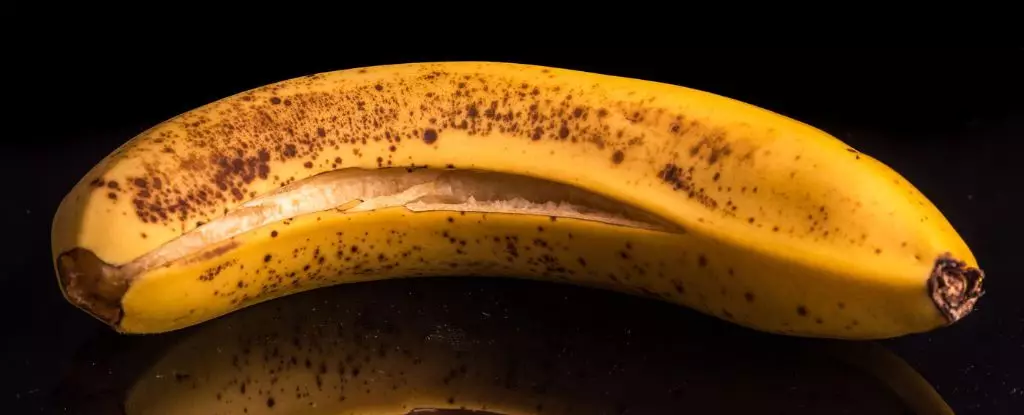In a world where health-conscious eating habits dominate consumer choices, a shocking amount of nutrition goes to waste every day. Most of us hastily discard banana peels without a second thought, unaware that they are edible, nutritious, and potentially beneficial to our diets. Recent studies have illuminated a remarkable truth: banana peels are not just trash to be tossed into the compost bin; they can transform into tasty alternatives in our kitchens. This underutilized component of one of the world’s most popular fruits is bursting with vitamins, minerals, and a distinctive flavor profile that can enhance a variety of dishes.
The potential for banana peels goes deep beyond mere waste reduction; they hold unique phytochemicals that are thought to possess cancer-fighting properties. Lavishing our palates with flavor and nutrition combined, banana peels could be the next big thing in the culinary arts. Let’s delve deeper into the innovative ways we can integrate these often-overlooked ingredients into our diets.
Transformative Cooking Techniques
The journey toward embracing banana peels in the kitchen begins with preparation. A 2022 study has demonstrated that through blanching, drying, and grinding, banana peels can be converted into flour that can replace up to 10% of conventional flour in recipes. Imagine the texture and taste of your favorite cookies or breads—now enriched with extra fiber, magnesium, and antioxidants. When the right balance is achieved, as seen with the 7.5% banana peel flour cookies, you get a product that’s neither overly fibrous nor unappealing in color.
Beyond baking, the culinary possibilities are expansive. Innovative cooks are already blending banana peels into savory dishes. For example, banana peel bacon and curry dishes are becoming increasingly popular in vegan recipes. The versatility of banana peels allows for experimentation beyond the confines of traditional baking; they can enrich broths, create thick textures, and even contribute natural sweetness to savory meals. By incorporating these peels, chefs not only enhance their culinary repertoire but also reduce the environmental burden associated with food waste.
The Sustainability Aspect
Food waste is a pressing issue, with millions of tons discarded annually across the globe. Bananas, often revered for their health benefits, present a baffling paradox—40% of their weight is typically sent to landfills in the form of peels. This not only represents a missed nutritional opportunity but also contributes significantly to global food waste statistics. By adopting innovative culinary practices that utilize the entire fruit, we reclaim value from what would otherwise be considered garbage.
Integrating banana peels into our diets not only nourishes our bodies but also encourages sustainable practices in the kitchen. Consuming the entirety of fruits underscores a commitment to responsible eating and cooking. The environmental implications of using whole foods are profound—minimizing waste and reducing the need for additional food production means lower carbon emissions, conserving water, and less strain on agricultural resources.
Inspiring Consumer Trends
The resurgence of interest in banana peels is symptomatic of broader trends toward whole-food cooking, plant-based diets, and environmental consciousness. We’re seeing culinary paradigms shift as consumers increasingly seek innovative and sustainable ways to prepare meals. From social media influencers to mainstream chef icons, the embrace of eating banana peels showcases a pivotal moment in the food industry, where reducing food waste meets the exciting potential of culinary creativity.
Chefs such as Nigella Lawson have paved the way by incorporating banana peels into nutritious curries and innovative dishes—setting a precedent for home cooks eager to explore their culinary boundaries. The concept of “waste not, want not” is gaining traction, encouraging us all to think outside the box. The delightful challenge lies in experimenting with preparation methods and mixed dishes that honor both flavor and sustainability.
The next time you peel a banana, remember that you may be discarding a hidden culinary gem—full of flavor, nutrition, and sustainability. Whether you’re on a quest for healthier eating or simply looking to reduce your carbon footprint, incorporating banana peels into your cooking repertoire could just be the delicious solution you’ve been searching for. The allure of cooking with banana peels is not just tempting; it’s a movement that encourages healthier eating and environmental stewardship.


Leave a Reply